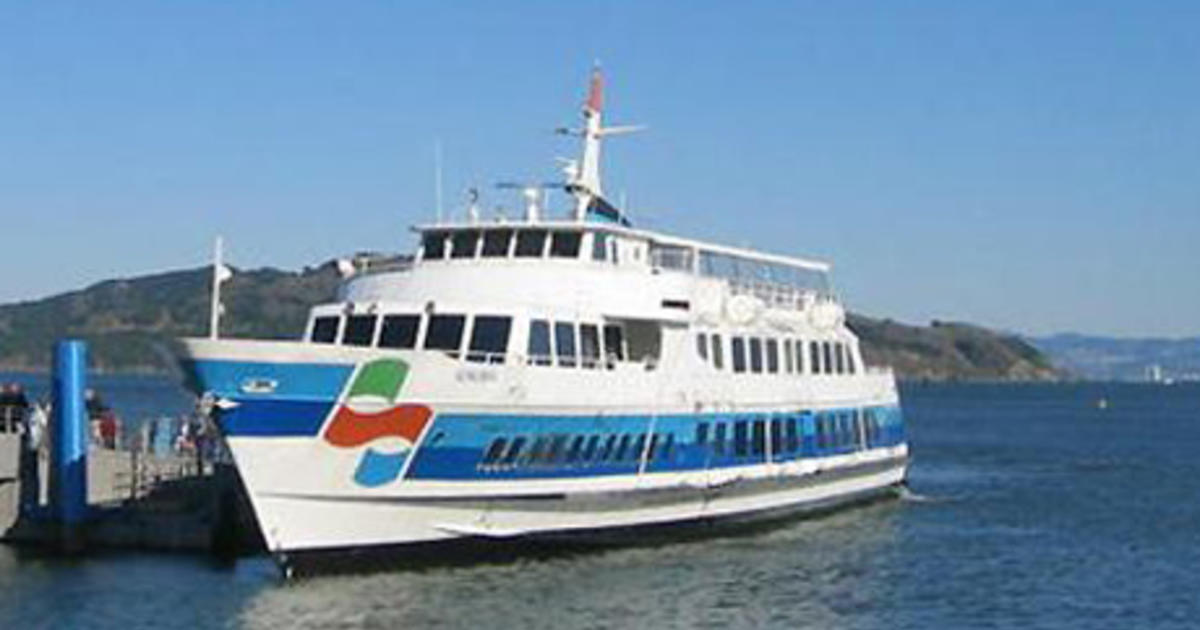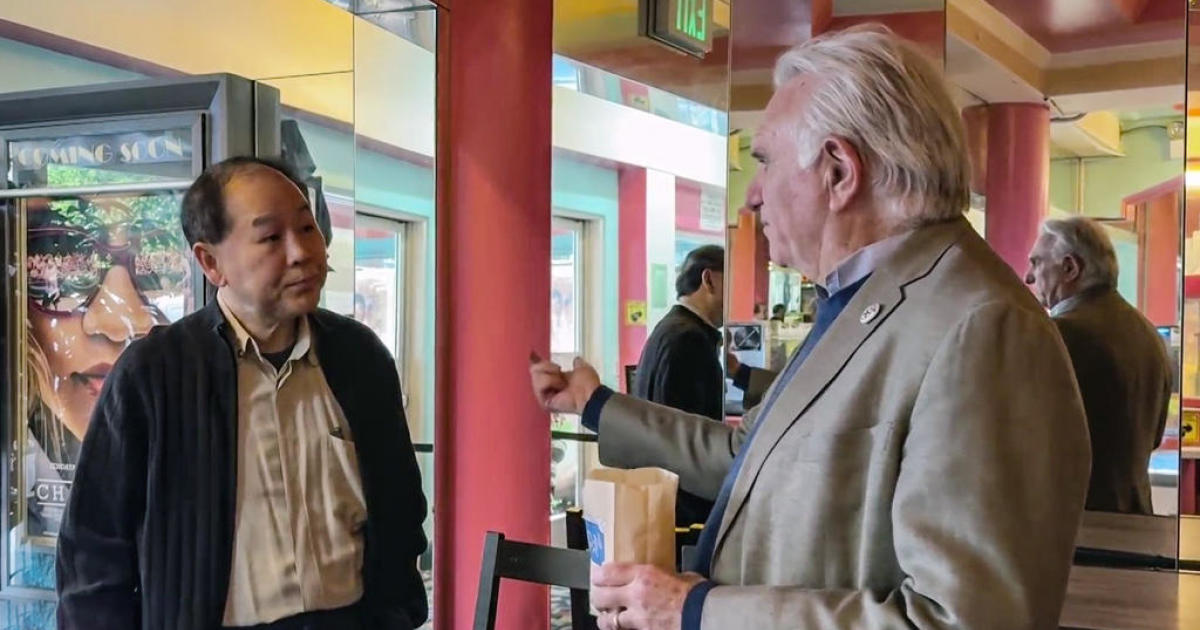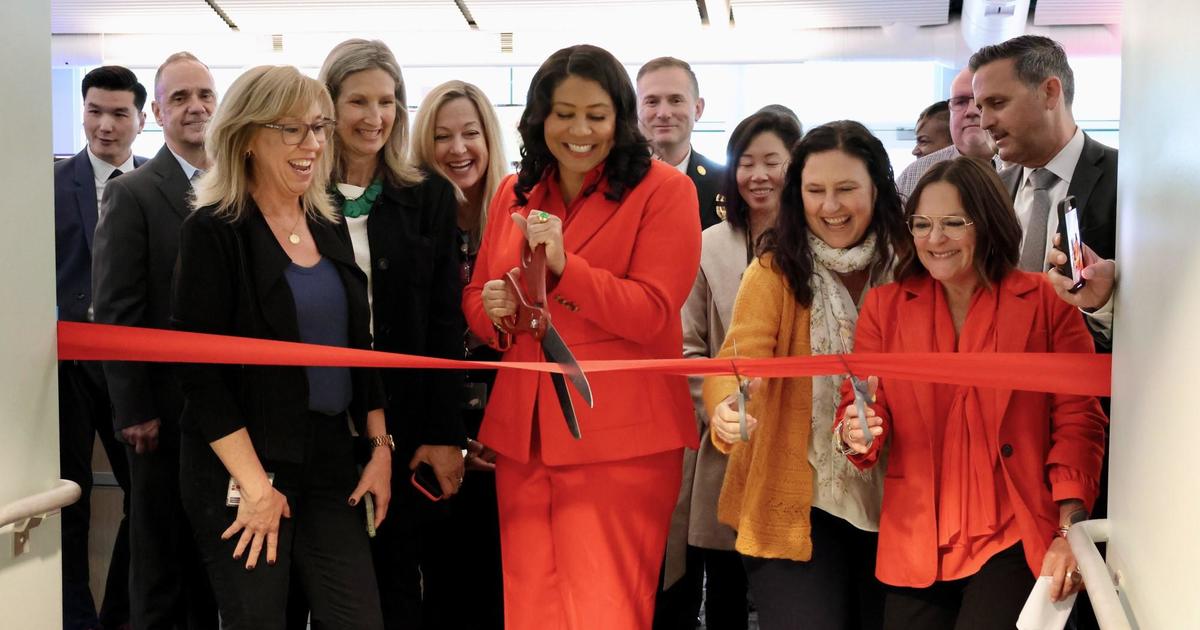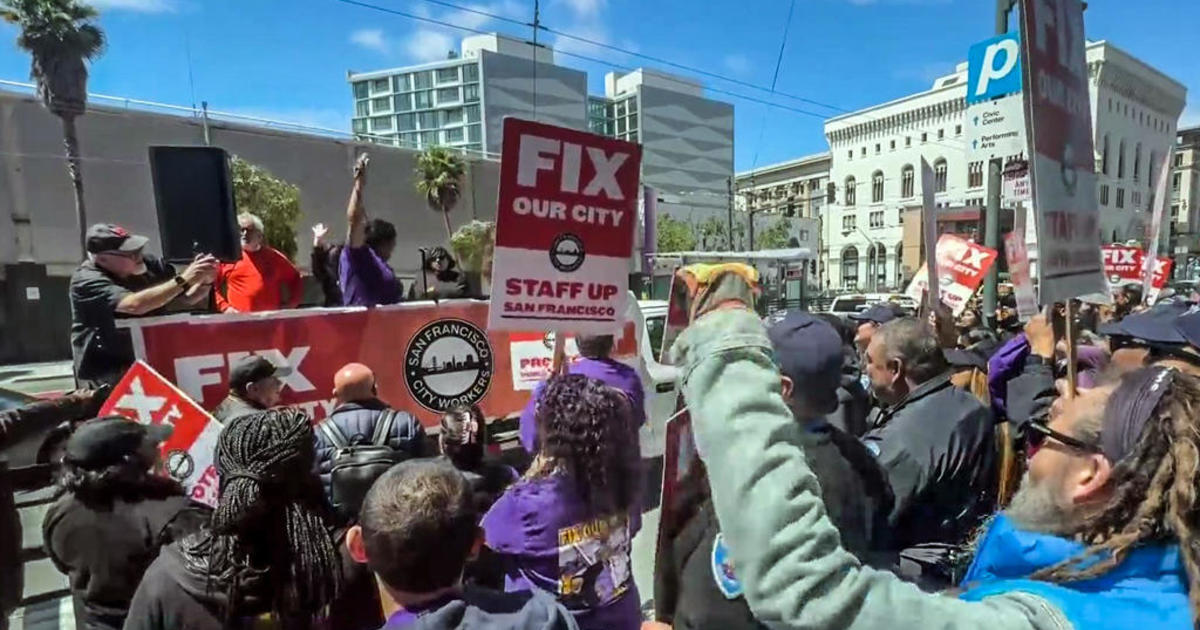Asiana Crash Probe Renews Debate Over Culture In Aviation
SAN FRANCISCO INT'L AIRPORT (CBS / AP) -- New details about the crash of an Asiana Airlines jet have renewed questions about whether a culture of strict deference to more-senior pilots can compromise air safety.
Documents and testimony from the National Transportation Safety Board this week showed there was confusion and poor communication in the cockpit of the Asiana jet as it approached San Francisco International Airport in July. Two of the pilots told investigators they opted against voicing critical concerns or grabbing the controls because they were subordinate to the instructor.
The co-pilot, who was sitting in a jump seat at the back of the cockpit, told investigators that the plane seemed to be descending too quickly from a high altitude. He "prepared in his mind to recommend something" to the two more-senior pilots at the controls, "but he did not."
The pilot flying the plane was an experienced flier who was being trained on the Boeing 777. But when asked whether he considered aborting the landing and circling around as they came in too low and too slow, he said such a "go-around" maneuver should be done only by the captain or an instructor pilot.
- NTSB Asiana Plane Crash Docket: Newly Released Photos, Video, Documents
- Documents Reveal Asiana Crash Victim Was Run Over Twice
"That is very hard to explain; that is our culture," investigators quoted him saying.
The pilot also said he was momentarily blinded by a beam of bright light. He wasn't wearing aviator sunglasses because he said that would be disrespectful in the presence of a superior like his instructor in the next seat.
After cockpit culture was identified as a factor in several South Korean airliner crashes in the 1980s and '90s, procedures and hierarchies were overhauled in Korea and elsewhere, including the U.S., improving that situation. But the Asiana crash on July 6 thrust the issue back to the forefront.
The plane's tail clipped a seawall, and the aircraft spun down the runway. Three Chinese teens died, including one who was run over by two fire trucks as rescuers rushed to the scene; 304 people survived, the vast majority without major injuries.
The National Transportation Safety Board hasn't identified a cause of the crash yet, but during a daylong hearing Wednesday much of the testimony focused on confusion about automated speed settings and pilot training.
Board Chairman Deborah Hersman said all international airlines have their cultural differences but that it wasn't an emphasis of the hearing.
"Certainly in any cockpit on any airline from any country of the world, there are cultural issues that can come into play," she said.
She added that investigators were trying to focus on all issues carefully and fairly and dealing only with the facts of the situation.
"We have not talked a lot about cultural issues in today's hearing, and I would ask you to reserve judgment until the NTSB finishes its fact-finding in this matter," she said.
An Asiana official who spoke on condition of anonymity because the official was not permitted to talk publicly about the crash during the ongoing NTSB investigation said the airline's policy is that any pilot can call for a go-around, and requires any crew member to speak up when the situation requires it. That policy, according to the pilot's testimony, was potentially violated.
After the hearing, John McGraw, a former high-ranking FAA official who is now an aviation consultant, said there are long-term issues involving cockpit hierarchies.
"There is a cultural element here," McGraw said. "It's not just Asian -- there are a lot of cultures around the world where people don't want to challenge their superiors."
Nationality aside, pilots have a culture of their own that can create complications, McGraw said.
"Pilots don't like to admit that they should do a go-around when the approach isn't going well" because it looks bad to the passengers and irritates superiors by burning more fuel, he said.
Robert Francis, a former vice chairman of the safety board who is not involved in the current investigation, said evidence of deference in the Asiana cockpit points out the need for the airline and Korean aviation officials to pay more attention to "cultural issues" in pilot training.
Still, Francis said the cause of the accident apparently wasn't cultural issues but the pilots' failure to realize they were making a dangerous approach.
"There's nothing more basic than monitoring your airspeed, and they clearly weren't doing that," Francis said.
So-called "crew-resource management" programs at many airlines stress that pilots shouldn't hesitate to raise safety concerns or correct an unsafe action, even by a more-senior captain.
Those programs were prompted, in part, by a 20-year string of disasters that plagued South Korea's airlines.
In 1983, a Korean Air flight that flew into Soviet air space was shot down, killing all 269 aboard. In 1987, a Seoul-bound flight exploded, killing all 115 aboard. Asiana's deadliest plane accident was in 1993 when a domestic flight crashed south of Seoul, killing 66 people.
Regimented, authoritarian cockpit culture that makes junior pilots reluctant to challenge captains was highlighted in some of the crashes, including a Korean Air Boeing 747 that smashed into a hillside in Guam in 1997, killing more than 200 people.
By 1999, after about 700 people had died in more than a dozen South Korea airliner accidents, the government demanded safety overhauls that included changing their cockpit culture, which had given senior pilots authority over the co-pilot, as well as improving English language standards. More foreign pilots were hired as well.
The changes were deemed successful: By 2002, Delta and Air France resumed partnerships with Korea Air, and until last July, there had been no more South Korean fatal passenger jet crashes.
However, in July 2011, an Asiana cargo freighter plane crashed into the ocean, killing two pilots.
After the Asiana crash, South Korea's transportation ministry again demanded a safety review and revisions, but said cockpit culture had been greatly improved.
"Hiring foreign pilots has helped ease the hierarchy that existed in the cockpit," Kwon Yong-bok, an aviation safety director told Bloomberg. "Communication among the pilots has improved a lot."
This month, Asiana hired a longtime Japanese pilot and safety official to improve safety.
(© Copyright 2013 The Associated Press. All Rights Reserved. This material may not be published, broadcast, rewritten or redistributed.)



